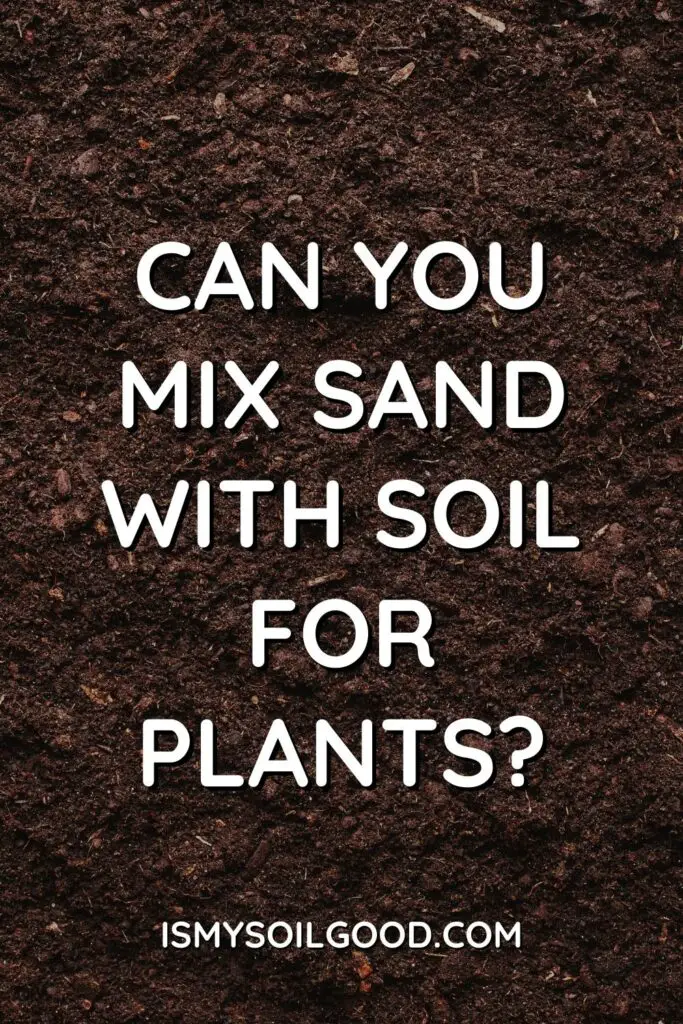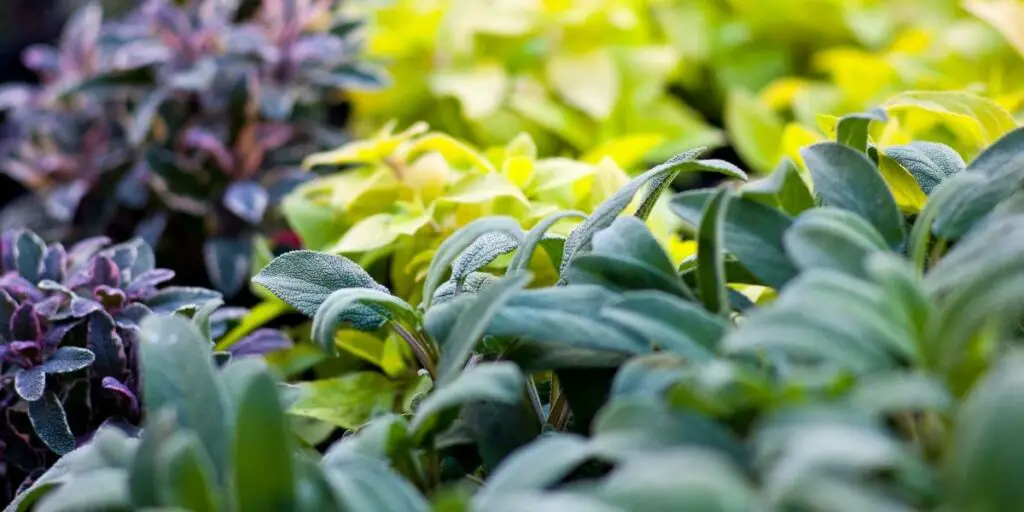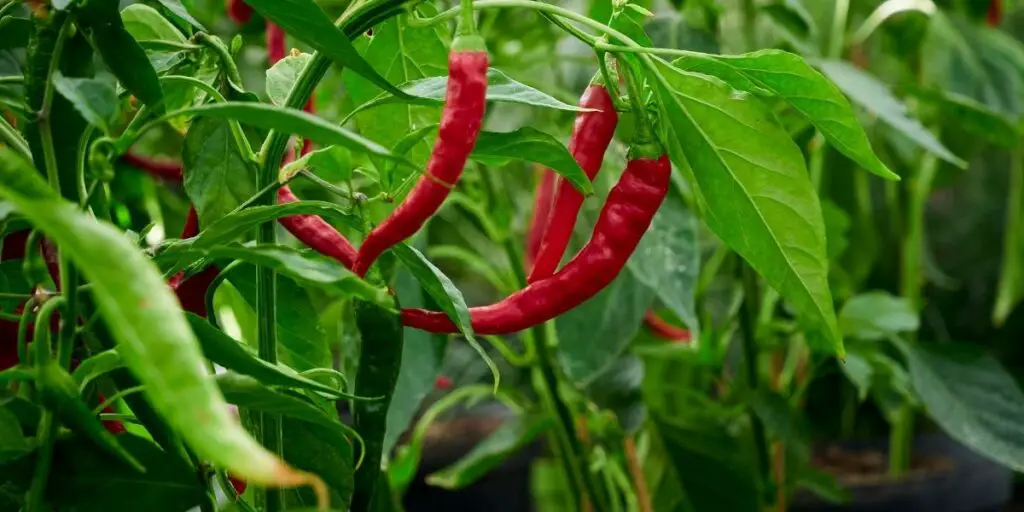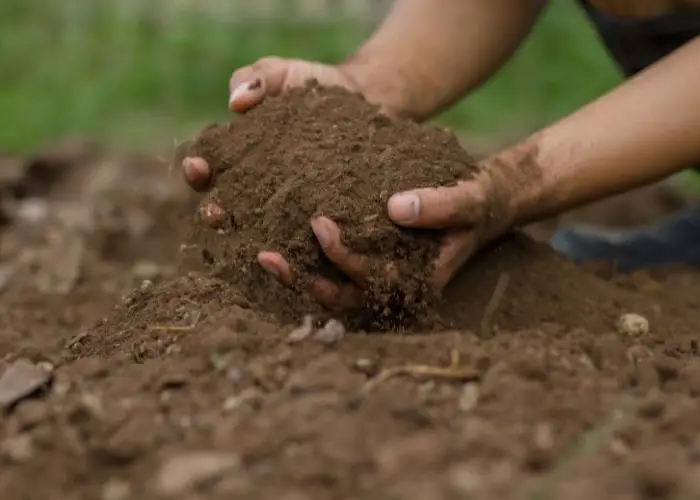We're an affiliate
We hope you love the products we recommend! Just so you know, we may collect a share of sales or other compensation from the links on this page. Thank you if you use our links, we really appreciate it!

Can you mix sand with soil for plants? This is a question that many gardeners have asked at one point or another. When you are planting a garden, one of the most important decisions you make is what type of soil to use. There are many different types of soils available, and each has its advantages and disadvantages. In this blog post, we will answer that question we will explore the pros and cons of using sand in your garden soil, and give you some tips on how to do it correctly.
Table of Contents
Can you mix sand with soil for plants?
Yes, you can mix sand with soil for plants. The sand will help to improve drainage and aeration in the soil, while the soil will provide nutrients and support for plant roots. However, it is important to use a ratio of two parts soil to one part sand and to make sure that the soil is completely mixed with the sand before planting.
You should also avoid using sand that is too fine, as this can compact the soil and make it difficult for plants to take root. With a little care and attention, mixing sand with soil can be a great way to improve your garden’s drainage and aeration.
The benefits of adding sand to soil
Sand is a common material used in construction, but it can also be used to improve the quality of the soil. When added to soil, sand can help to improve drainage and aeration. In addition, it can help to loosen compacted soils and improve root growth. As a result, sand can be an effective way to improve the health of your garden.

However, it is important to use the right type of sand. builder’s sand is too fine and can compact your soil, while coarse sand will not provide enough drainage. The best option is to use horticultural sand, which is a medium-grade sand that is perfect for adding to garden beds. With its many benefits, horticultural sand is an essential tool for any serious gardener.
How to mix sand and soil for plants
One of the most important things to consider when planting is the type of soil you will be using. The mix of sand and soil that you use can have a big impact on the health of your plants. Luckily, creating the perfect mix is not as difficult as it may seem.
The first step is to determine the proportions of sand and soil that you will need. A general rule of thumb is to use two parts soil to one part sand. Once you have the proportions determined, you will need to mix the two thoroughly.
The best way to do this is to use a shovel or trowel to turn the mixture over several times until the sand and soil are evenly distributed.
Once you have mixed the sand and soil, it is time to plant your garden. Be sure to water the bed thoroughly before planting, and then add your plants. With a little care and attention, you will have a beautiful garden that is healthy and thriving.
What kind of plants can you grow using this mixture?
A wide variety of plants can be grown using this mixture. Some of the most popular plants include tomatoes, cucumbers, peppers, and eggplants. These plants are all relatively easy to grow and produce a high yield.

Each plant has different requirements, so it is important to read the instructions carefully before planting. For example, tomatoes need full sun and plenty of water, while cucumbers prefer partial sun and moderate watering. By following the instructions and paying attention to the needs of each plant, it is possible to create a thriving garden using this mixture.
Are there any drawbacks to mixing sand and soil together
There are a few potential drawbacks to mixing sand and soil together.
1. sand is much coarser than soil, so it can make it difficult for roots to penetrate the mixture.
2. Sand tends to drain well, which can leach away nutrients that plants need to thrive.
3. sand is often alkaline, which can throw off the pH balance of the soil and make it less hospitable for plants.
In general, it’s best to avoid mixing sand and soil unless you have a specific reason for doing so. If you do decide to mix them, be sure to monitor the mixture closely to ensure that your plants are getting the care they need.
Is sand good for a vegetable garden?

The short answer is no, sand is not good for a vegetable garden. It can be detrimental to plant growth. Sand is a very coarse type of soil, and it doesn’t retain moisture well. This can lead to problems like dehydration and windburn.
Additionally, sand doesn’t provide many nutrients for plants to feed on. As a result, vegetable gardens are best grown in loamy soil, which is a mixture of sand, silt, and clay.
Loamy soil retains moisture better than sand and is also richer in nutrients, both of which are essential for healthy plant growth. So if you’re looking to start a vegetable garden, make sure to choose the right type of soil. Otherwise, you might be in for a disappointing harvest.
While sand has its uses, it is not the best choice for a vegetable garden. If you’re looking to start a garden, make sure to choose loamy soil instead. With its many benefits, it is the perfect choice for a healthy and thriving garden.
Conclusion
When it comes to planting a garden, the type of soil you use is very important. While sand has its uses, it is not the best choice for a vegetable garden. Loamy soil is a much better option, as it retains moisture better and is richer in nutrients. With a little care and attention, you can create a thriving garden using this type of soil.

